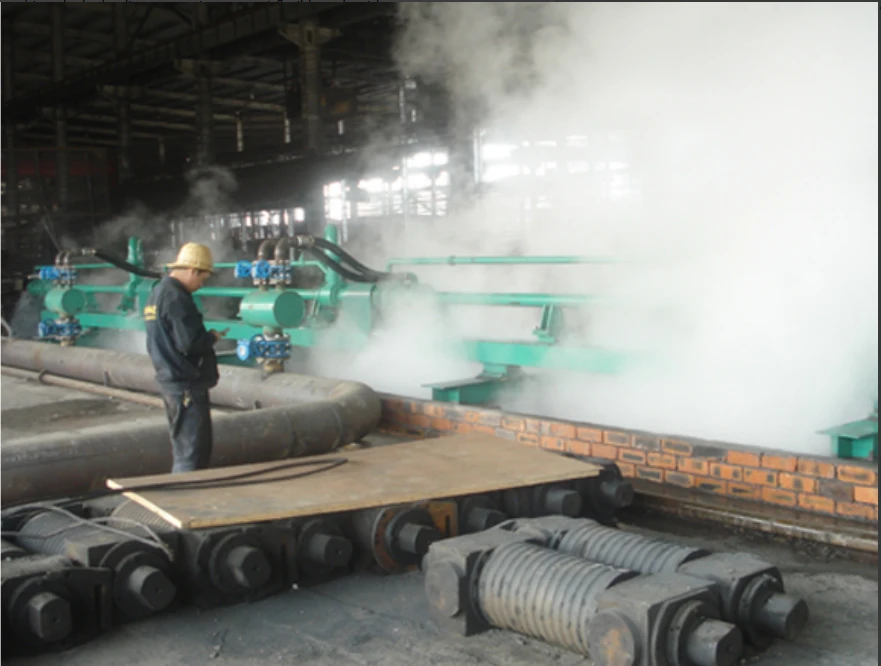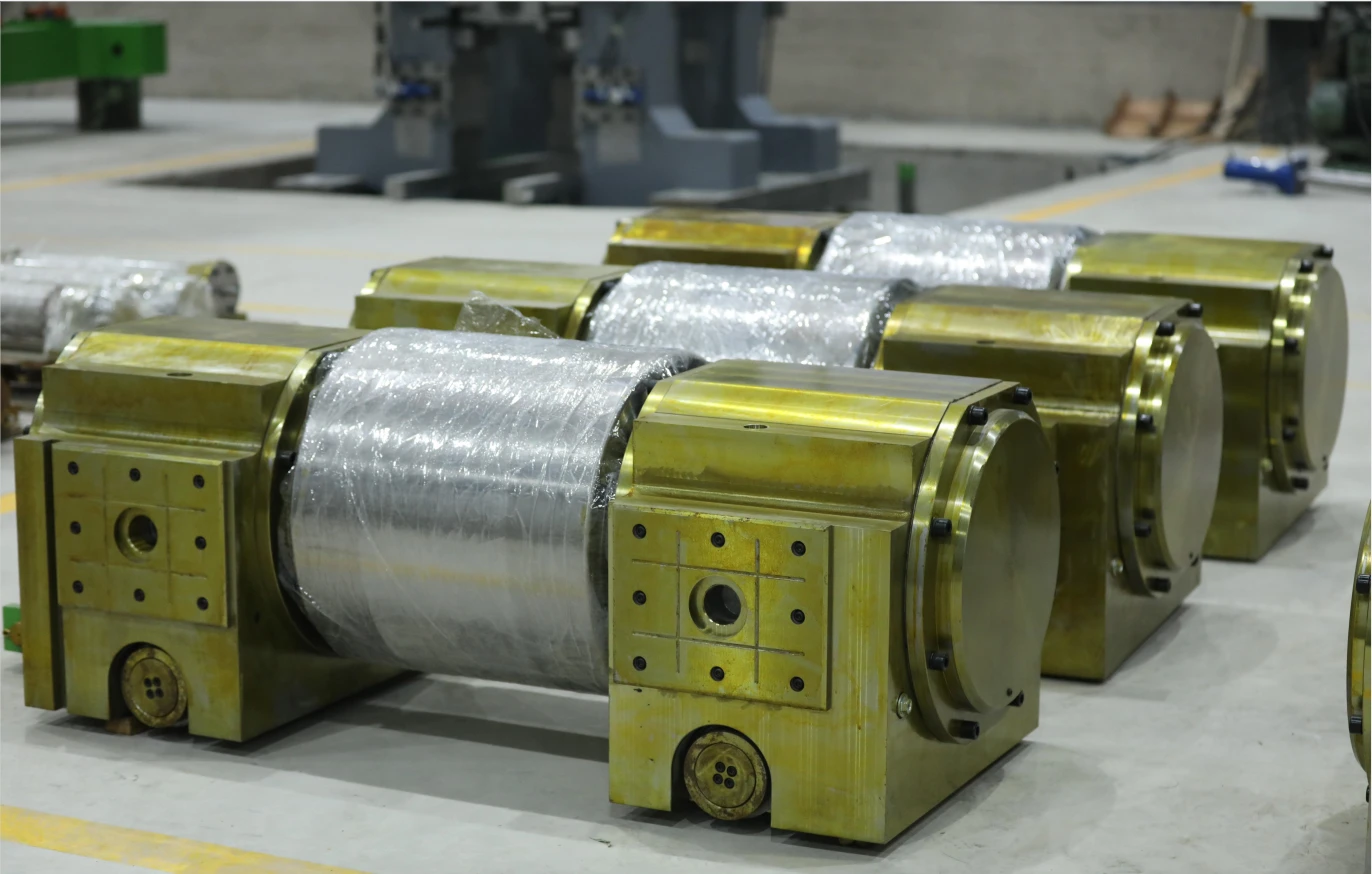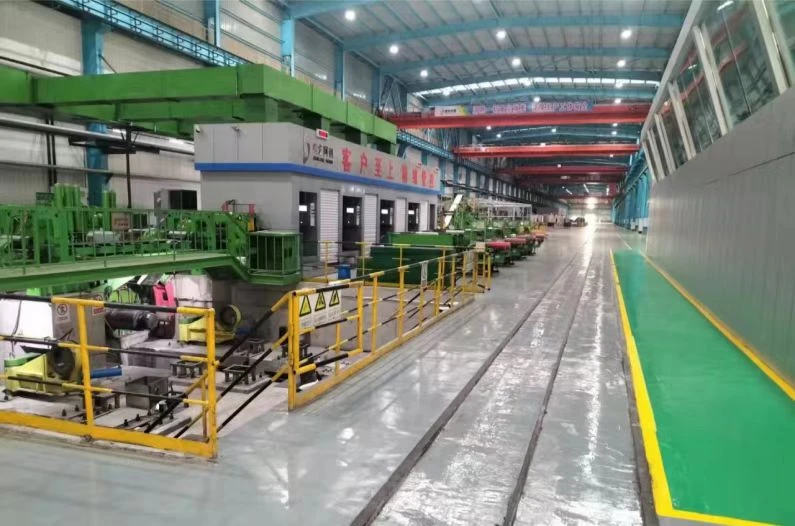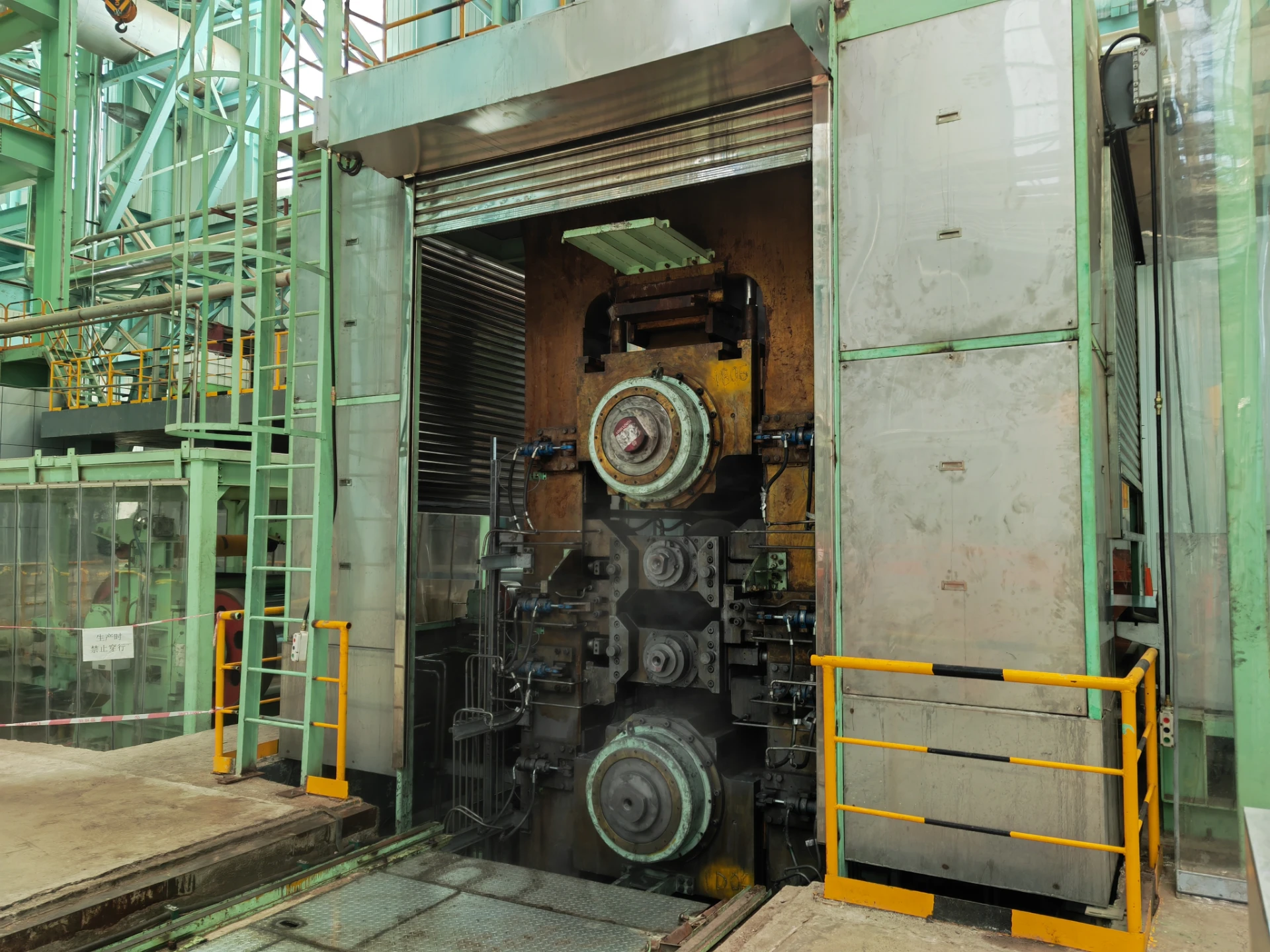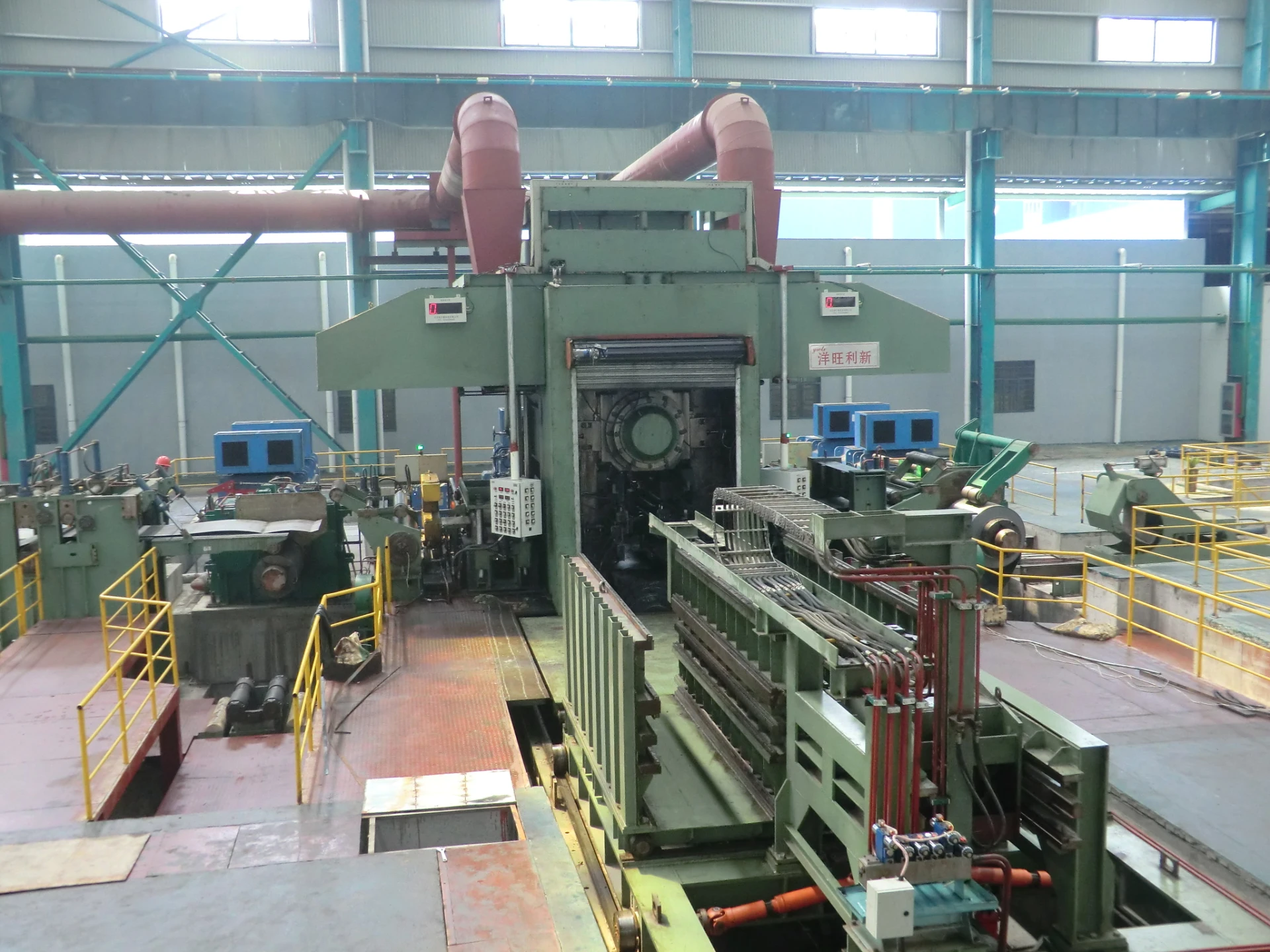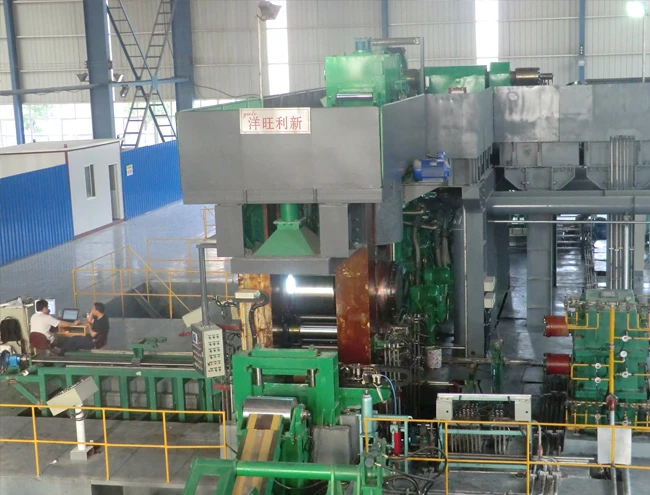
AGC for Hot Rolling vs Cold Rolling: Key Differences in Automatic Gauge Control Systems
The implementation of automatic gauge control systems has revolutionized metal rolling operations, bringing unprecedented precision to thickness control in both hot and cold rolling processes. While the fundamental purpose remains consistent - maintaining exacting thickness tolerances - the application of AGC system technology differs significantly between hot and cold rolling environments. These differences stem from the distinct material properties, process conditions, and quality requirements that characterize each type of rolling operation. Understanding how automatic gauge control adapts to these varying conditions is essential for mill operators and process engineers seeking to optimize their rolling operations.
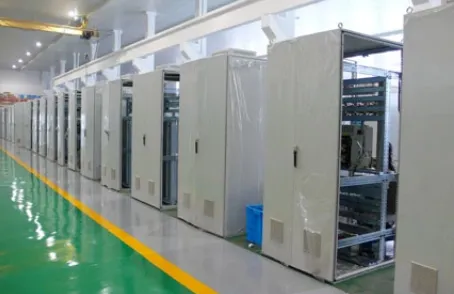
Fundamental Operating Principles of AGC Systems
At its core, an automatic gauge control system functions by continuously monitoring strip thickness and dynamically adjusting rolling parameters to maintain target dimensions. The basic components include high-response hydraulic or electromechanical actuators, precision thickness measurement devices, and sophisticated control algorithms. However, the implementation of these components varies considerably between hot and cold rolling applications. In automatic gauge control in strip rolling, the system must account for temperature effects in hot rolling versus work hardening characteristics in cold rolling. The control strategies must also adapt to the different speed ranges, with hot rolling typically operating at higher velocities than cold rolling processes.
Material Behavior Differences: Hot vs Cold Rolling Conditions
The contrast in material behavior between hot and cold rolling represents one of the most significant factors influencing AGC system design and operation. During hot rolling, the steel is in a softened state at temperatures typically above 1000°C, exhibiting relatively low yield strength and high ductility. This allows for substantial thickness reduction in each pass but introduces challenges for automatic gauge control due to thermal expansion effects and rapid microstructural changes. The automatic gauge control cold rolling mill, by comparison, deals with material that has significantly higher strength due to work hardening and operates at near-ambient temperatures. This fundamental difference in material state requires distinct approaches to thickness control, with hot rolling AGC systems incorporating temperature compensation algorithms that are unnecessary in cold rolling applications.
AGC Systems: Measurement Challenges in Different Rolling Environments
Thickness measurement presents unique challenges in each rolling environment that automatic gauge control systems must overcome. In hot rolling operations, non-contact measurement methods such as X-ray or gamma ray gauges are essential due to the extremely high strip temperatures. These measurement systems must compensate for thermal expansion effects and often face additional challenges from scale formation on the strip surface. The automatic gauge control in strip rolling for cold applications typically utilizes contact or non-contact measurement devices operating at ambient temperature conditions, allowing for higher measurement precision and faster response times. The cleaner surface conditions in cold rolling also contribute to more reliable thickness measurements, enabling tighter control tolerances in automatic gauge control cold rolling mill operations.
AGC Systems: Speed Considerations and System Response Times
The differing speed ranges between hot and cold rolling operations significantly impact AGC system design and performance requirements. Hot rolling mills typically operate at higher speeds, sometimes exceeding 20 m/s, requiring extremely fast response times from the automatic gauge control system components. This demands high-performance hydraulic systems and optimized control algorithms capable of making rapid adjustments to roll gap settings. In contrast, automatic gauge control cold rolling mill operations generally run at lower speeds but require even finer precision in thickness control. The slower speeds allow for more precise adjustments but place greater emphasis on the system's ability to maintain consistent tension and compensate for work hardening effects throughout the rolling process.
Tension Control Integration with AGC Systems
The interaction between winder tension control and automatic gauge control presents another area of differentiation between hot and cold rolling applications. In cold rolling, particularly in tandem mill configurations, sophisticated tension control systems work in concert with the AGC to maintain consistent strip properties. The automatic gauge control system must carefully coordinate with interstand tension controls to prevent gauge variations caused by tension fluctuations. Hot rolling operations, while also employing tension control, typically deal with different challenges related to temperature-dependent material flow characteristics rather than the precise tension-sensitive behavior seen in cold rolling. This results in different integration approaches between the AGC and tension control systems for each process type.
Hydraulic vs Mechanical AGC Implementation
The choice between hydraulic and mechanical implementations of automatic gauge control often varies between hot and cold rolling mills. Hot rolling mills frequently employ hydraulic AGC systems due to their ability to provide the extremely high forces and fast response times needed for high-temperature rolling conditions. These systems can quickly adjust to thermal expansion of rolls and other hot mill-specific phenomena. In automatic gauge control cold rolling mill applications, both hydraulic and electromechanical systems find use, with the latter sometimes preferred for their precision in lower-force applications. The cleaner operating environment of cold mills also makes electromechanical systems more practical than in the harsh conditions of hot rolling.
AGC Systems: Quality Requirements and Tolerance Capabilities
The quality expectations for final products differ substantially between hot and cold rolling, influencing the performance requirements for their respective AGC systems. Hot rolled products typically have more lenient thickness tolerances (often ±0.1mm or more) compared to cold rolled materials where tolerances can be as tight as ±0.005mm. This disparity drives different design priorities for automatic gauge control in strip rolling applications - with hot rolling systems focusing more on stability and robustness, while cold rolling systems emphasize ultra-precise control capability. The automatic gauge control system in cold rolling must also account for additional factors like surface finish requirements that are less critical in hot rolling operations.
AGC Systems: Maintenance and System Reliability Considerations
The operating environments of hot and cold rolling mills impose different maintenance requirements on their AGC systems. Hot rolling automatic gauge control components must withstand extreme temperatures, water spray cooling, and scale accumulation, necessitating robust designs and frequent maintenance intervals. The automatic gauge control cold rolling mill systems, while operating in cleaner conditions, face their own challenges with precision component wear and the need for regular calibration to maintain micron-level accuracy. The integration of winder tension control systems adds another layer of complexity to maintenance planning, particularly in cold rolling applications where tension consistency is crucial for final product quality.
Choosing the Right AGC Approach
Understanding the differences between automatic gauge control implementations for hot versus cold rolling is essential for optimizing rolling mill performance. While both applications share the common goal of precise thickness control, the AGC system requirements diverge significantly due to material behavior, operating conditions, and product quality expectations. Hot rolling AGC systems must prioritize robustness and temperature compensation, while automatic gauge control cold rolling mill implementations focus on ultra-precise control and integration with tension control systems. As metal producers face increasing demands for higher quality and more consistent products, continued innovation in AGC technology tailored to each process's unique characteristics will remain crucial for maintaining competitiveness in the global market.
-
YWLX’s 1450mm Six-Hi Reversing Mill Goes Live in BangladeshNewsNov.24,2025
-
Adjusting Roll Gap in 6Hi Reversing Cold Rolling Mill for Thin StripNewsNov.13,2025
-
Quality Control Standards for Automatic Gauge Control in Strip RollingNewsNov.13,2025
-
Effect of Skin Pass Rolling on Metal DuctilityNewsNov.13,2025
-
Key Components of a Modern TempermillNewsNov.13,2025
-
Common Wear Patterns of Work Roll in Tandem Cold Mill OperationsNewsNov.13,2025
-
Revolutionary Skin Pass Rolling Technology for Enhanced Steel QualityNewsNov.04,2025




